New York Dynamic Neuromuscular Rehabilitation & Physical Therapy
Vladamir Janda was a respected Czech neurologist, physical therapist and teacher who sadly died in 2002, at the age of 74. However, his life’s work left a legacy that is only now receiving the acclaim it deserves in the United States, in the fields of chiropractic, physical therapy, orthopedics and exercise science. The Janda Philosophy […]
Read MoreKarel Lewit was born on April 25, 1916 in Ljubljana, Slovenia, Austro-Hungary and died on October 2, 2014 in Prague, Czech Republic. 1) Karel Lewit was a neurologist and world authority in myoskeletal medicine. He was a pioneer of modern diagnostics and reflex therapy of musculoskeletal disorders in Czechoslovakia, and the world. As a young […]
Read MoreA group of neurologists and other specialists in Prague was since the early 1950s researching and developing new approaches to avoid what harms him. The patient must always leave your office with homework. 1) The Prague School promoted a synergy of clinical approach and radiology for better diagnostics, and manual therapy with an emphasis on […]
Read More
Concussions in sports are all the buzz these days, as athletes, coaches, parents and clinicians seek solutions to the pervasive problem. Protective gear helps, but some argue that it gives athletes a false sense of confidence that may in fact increase the risk of a concussion or other injury. It is known that athletes who […]
Read More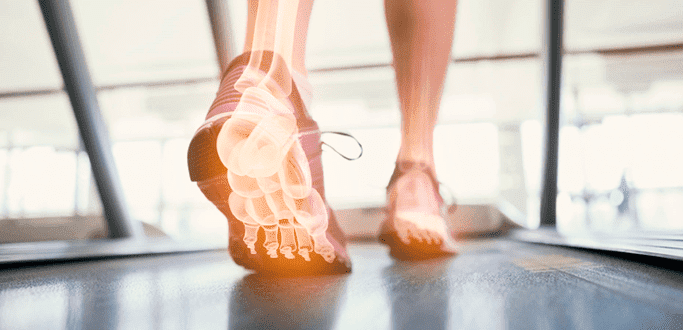
Many people are prone to ankle sprains, and that places them at risk for falls and injury. Identifying and treating chronic ankle instability (CAI) early on can spare patients the foot and ankle pain that comes with a sprain. Once CAI is identified, treatment for ankle pain can center around strengthening and correcting the muscles, […]
Read More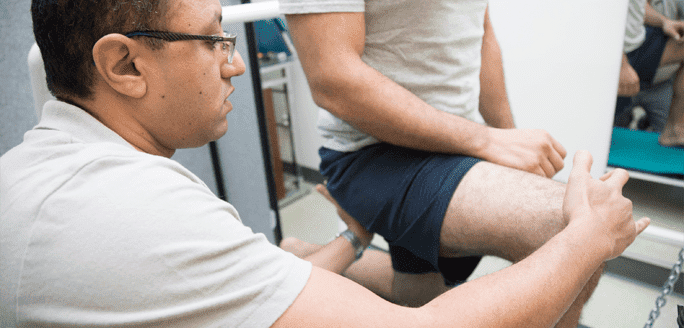
ACL Injury and Return to Play For athletes whose lives revolve around their sport, having an injury that takes them off the playing field can be to play (RTP), we may be setting them up for failure by putting them back on the field prematurely. ACL rupture is a common sports injury that can range […]
Read More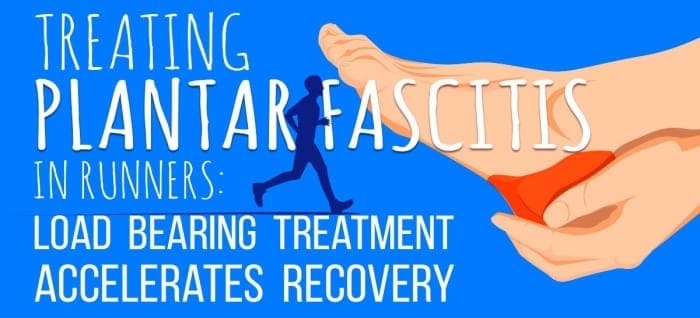
For dedicated runners, heel pain that will not go away is frustrating and takes the joy out of running. Ignoring the pain may work for a while, but eventually, you will need to enjoy running again. In the past, treatment for plantar fasciitis involved mostly stretching of the calf muscles and Achilles tendon, along with […]
Read More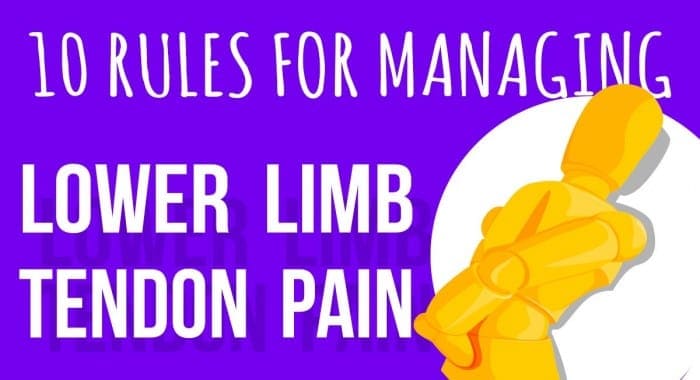
Tendons are made of strong to bones, enabling movement. Because they are subjected to properly treat your painful tendon is essential for quick and effective recovery.
Read More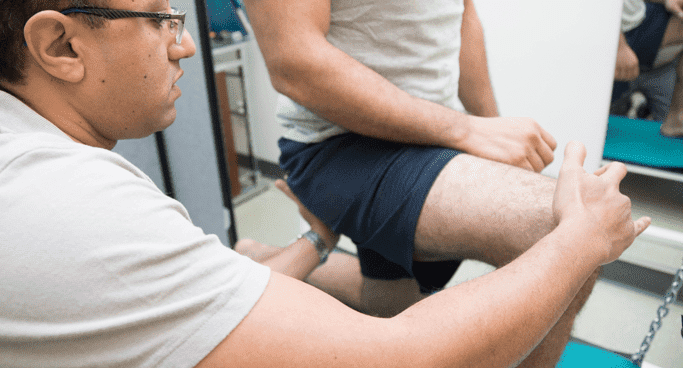
Healthy knees are foundational to huge amounts of force. ACL tears are the most common knee injury associated with athletics and physical activity. They often occur during landing, deceleration, twisting, cutting and changing direction on the playing field or during exercise. Ligaments have no circulato play, and ongoing impaired knee function throughout the course of […]
Read More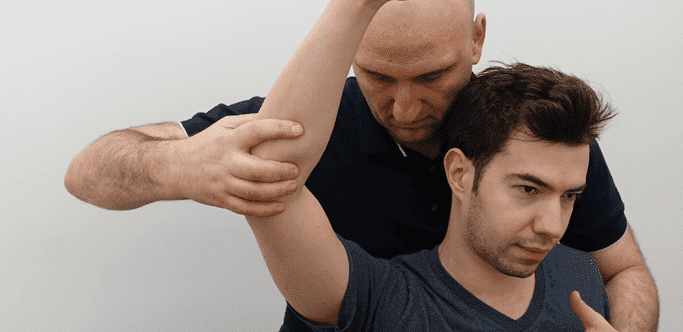
Chronic shoulder pain from rotator cuff tendinosis is difficult to ignore, and it may keep you from performing even the most basic tasks. The longer it goes on, the more it interferes with your quality of life, making it difficult to carry out simple activities of daily living that you once took for granted. In […]
Read More